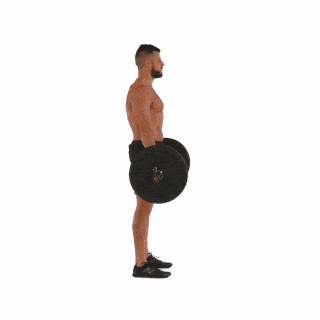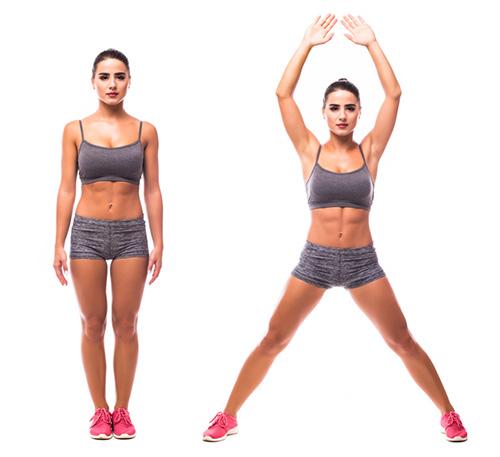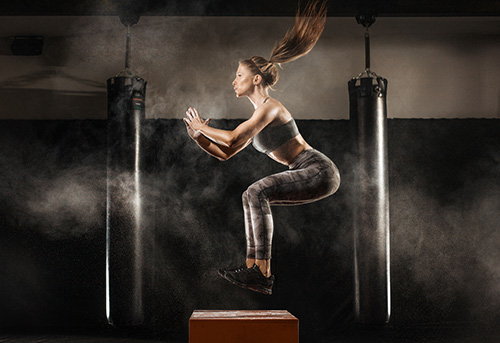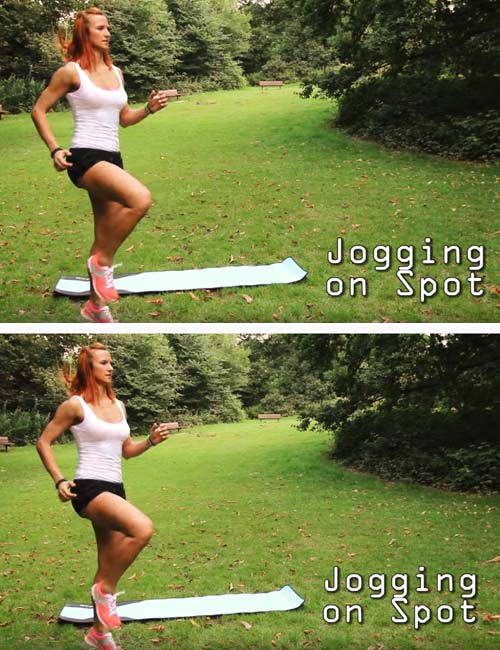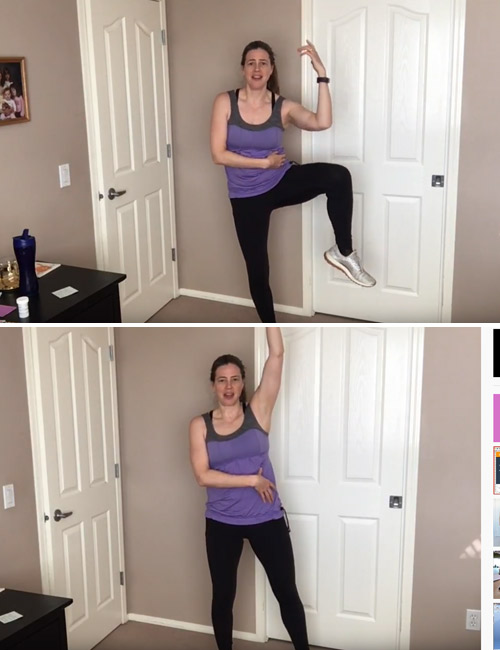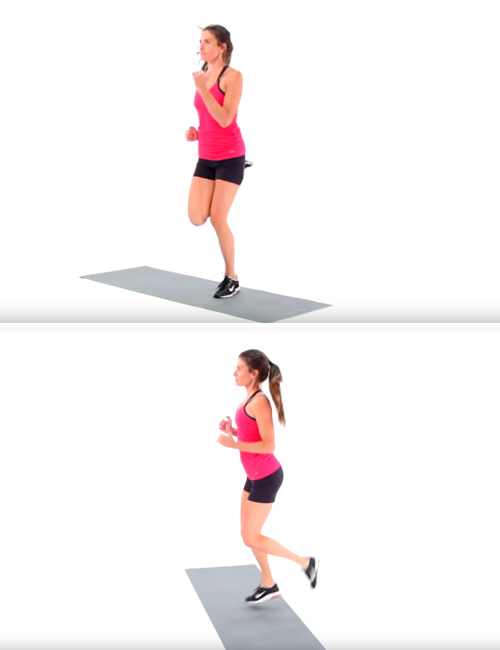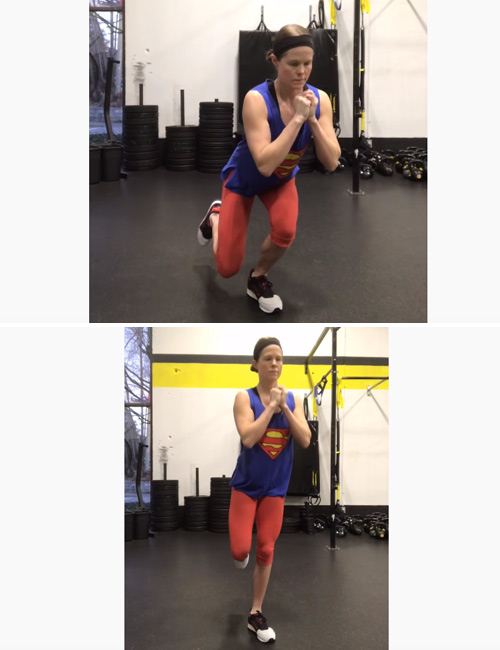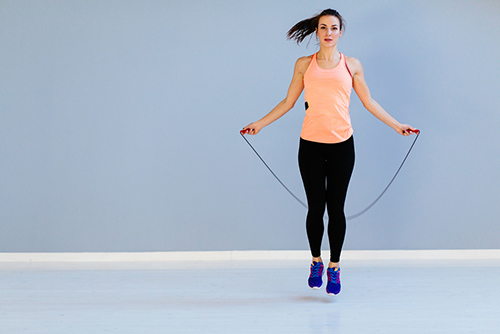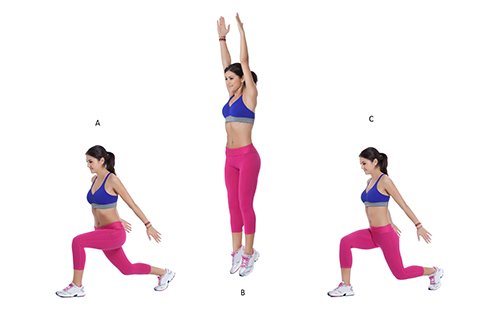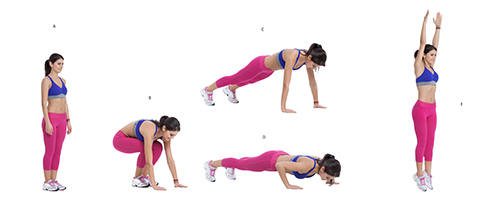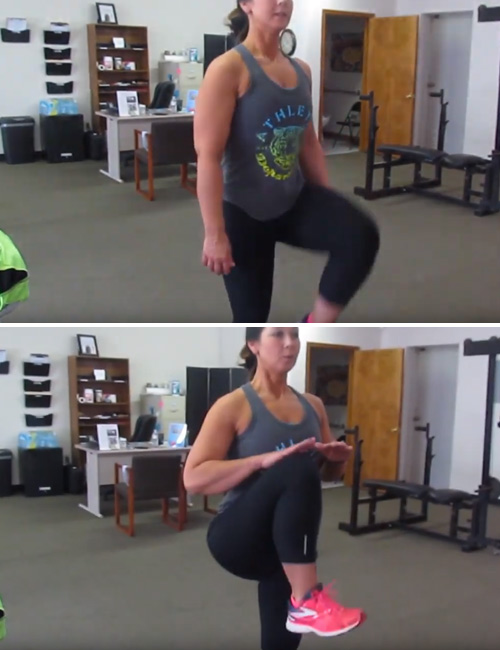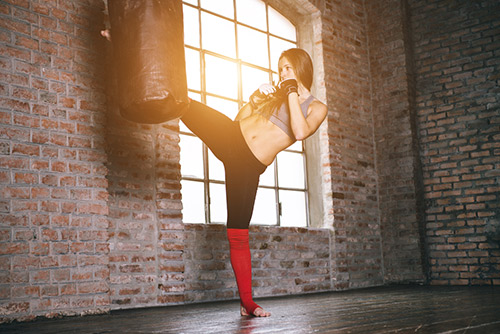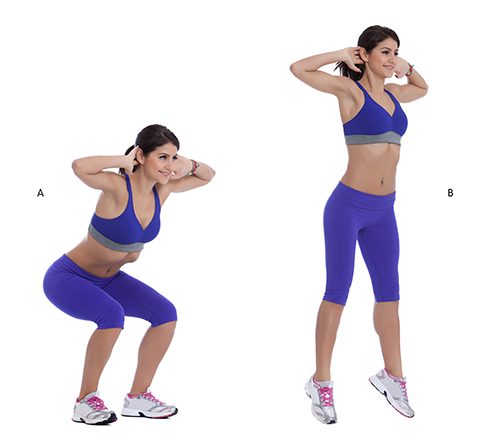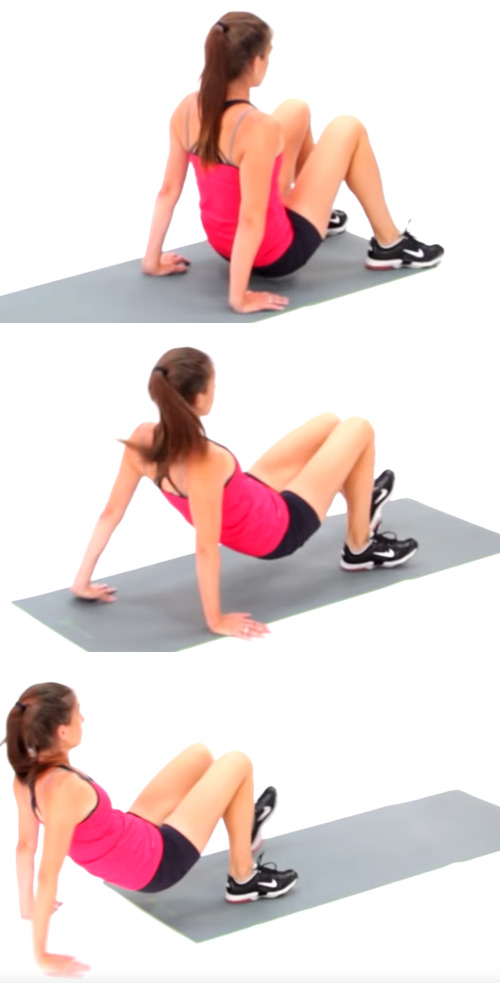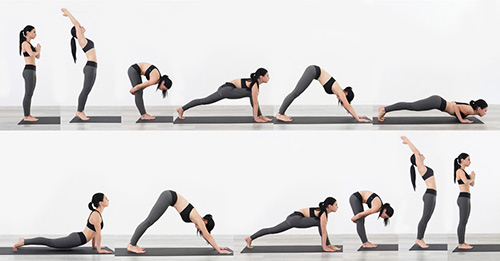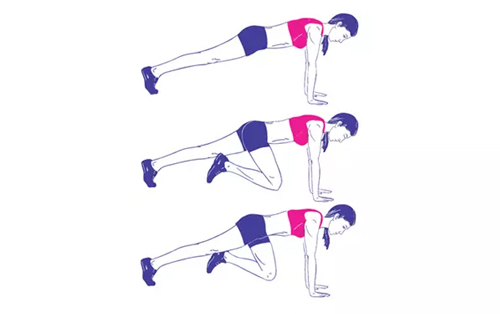The Top 10 Lat Moves to Build a Perfect Back:
When you think of the glamour body parts to train in the gym, you often think first of the so-called “mirror muscles.” These are the muscles that every guy loves to train, and the ones that you can always see easily—chest, arms, abs, and shoulders.
But if you really want to that perfect superhero physique, you have to build a ripped and chiseled back, too. Specifically, you have to hit your lats, the wide, fan-shaped muscles that loom large along your back. The perfect physique doesn’t really come together without a muscular back that tapers in width from shoulders to waist. And that taper is really a product of lat development.
Training your lats, however, feels boring to some and daunting to others, because sometimes, we think of pull-ups as our only option. But there are a host of exercises that can get the job done. Here are 10 moves that will really develop your lats. Make sure you’re hitting two or three of these moves at least once a week to round out your physique.
A Quick Lats Anatomy Lesson
In order to work your lats you have to understand them at least a little: They’re the large, triangle-shaped muscles on the back, creating a thick taper from shoulder to waist. The muscle inserts into the upper part of the humerus, your upper arm bone, from the inside. Their purpose is main two-fold: Your lats primarily work when you pull things, and when you adduct things. What’s adduction? Raise your arms out to your sides, forming a “T” with your torso. Now lower them forcefully back to your sides. That forceful lowering action is adduction.
This all means that traditional rowing motions with your arms by your sides pulling straight back will impact your lats. Get too wide with your grip on a row though, and you begin to see more involvement from the rear deltoid and middle traps. Researchers have also found there could be some mild advantages from pulling with a medium grip width specifically in the vertical plane. In both the upward and downward path of the movement there were some small advantages from a muscular recruitment standpoint the the medium grip which seemed to be just right.
The 10 Best Lats Exercises:
Deadlifts
The classic barbell deadlift is often thought of as a hamstring and glute developer, but it’ll smoke your lats too. Think about it: Whether you’re lifting or lowering that barbell with a heavy weight, it’s hanging from your arms, and your back muscles have to pull. Don’t underrate this move as a foundation of a solid back.
How to: Load a barbell with weight on the ground and stand close to it, so it nearly touches your shins. Grasp it with an overhand, slightly-wider-than-shoulder-width grip. With feet shoulder-width apart and arms just outside of the legs, push the hips back as far as possible then bend the knee far enough to reach the bar. From the bottom position with a tall spine, pull the bar from the ground by standing tall and pulling the hips back to your standing position. Throughout the movement, it's important to maintain a strong posture.
Barbell Row
Fixed
moves with both arms can maximize the amount of weight that can move.
This move is a staple in most bodybuilders, athletes, and probably your
routine by this point.
The great thing about the barbell row is, due to required stability in the spine and core muscles (keeping a neutral spine) and isometric hamstring activity (hinging the hips in a bent position), the action becomes a global pull exercise," says athlete performance and development specialist https://keranfitness.blogspot.com/"I personally love programming this exercise due to all the benefits the rows have on the posterior chain, as well as the added benefits of improvement of strength and hypertrophy."
 The
movement is versatile, too. "You can program this as a primary or
accessory movement or add as a superset exercise," Shannon continues.
"Depending on the weight and readiness of the athlete, avoid keeping
moderate to heavy lifts under ten reps. Being bent over moving the
weight can put added pressure on the lower back, especially if we are
already, or begin to, fatigue."
The
movement is versatile, too. "You can program this as a primary or
accessory movement or add as a superset exercise," Shannon continues.
"Depending on the weight and readiness of the athlete, avoid keeping
moderate to heavy lifts under ten reps. Being bent over moving the
weight can put added pressure on the lower back, especially if we are
already, or begin to, fatigue."
How to: Stand next to a loaded barbell set on the ground. Bend your knees slightly and hinge forward so your torso is slightly higher than parallel to the ground, then grab the barbell using an overhand, shoulder-width grip. Look down, not forward. Tighten your core. Hinge upwards, raising your torso to a 45-degree angle with the ground and lifting the barbell. This is the starting position.
Keeping your core tight and your shoulder blades squeezed, bend your elbows and pull the barbell to your lower chest. Aim to keep your elbows at a 45-degree angle relative to your torso as you do this, and try to touch the bar to your ribcage. Lower to the start with control. That's 1 rep.
Dumbbell Row:
This is one of the first variations novice lifters learn. You simply hinge forward, place one arm on a bench or rack for balance, and grasp a dumbbell in the other arm. Keep your torso steady as you bend your elbow and use your back muscles to pull the dumbbell up toward your ribcage. Dumbbell rows involve a host of back muscles, but if you want to focus on your lats here, aim to get a good stretch at the bottom of the motion.
How to: Start standing, holding a single dumbbell in your right hand. Now hinge forward until your torso is nearly parallel with the ground. Keep your core tight and your feet shoulder-width apart as you do this. Place your left hand on a box or bench for balance. This is the start. Pull the dumbbell back to just above your belly button, then slowly return it back to the start.
Pullups and Chinups
The pull-up and the chin-up are well-known moves, and staples for lat development. Both moves are simple: You hang from a bar, with an overhand grip (pull-ups) or an underhand grip (chin-ups), and pull your chest to the bar. To really hit your lats, avoid the so-called “kip,” a Crossfit idea that has you explosively swinging your hips to create momentum that drives your chest to the bar. Work up to 3 sets of 10.
How to: Hang from a pull-up bar with an overhand (pull-up) or underhand (chin-up) grip, hands about shoulder-width apart. Keeping your core tight, bend at the elbows and shoulders and pull your chest to the bar. Pause, then lower with control.
Lat Pulldowns
The
lat pulldown is a cousin of pullups and chinups, and it definitely
seems similar. But we’re giving it its own spot here because of how it
lets you focus in on your lats. Freed of grip concerns and the need to
manage your lower body perfectly, you can really focus in on your lats
and finish off every rep with a good squeeze.
Be strategic once you start adding the pulldown to your workouts. "This exercise can be programmed as a superset to an upper body push exercise," says Shannon "It can be programmed as a progressive exercise to help advance to wide grip pull ups. And lastly, used as an activation exercise to help get the lat muscles 'firing'."
How to: Sit in a lat pulldown station and grab the bar above with a grip slightly wider than shoulder-width. Tighten your core and keep your torso upright. Pull the bar down toward your chest, bending at your elbows and squeezing your shoulder blades. Slowly return the bar to the top of the station.
"The key to getting the biggest 'bang for your buck' is keeping your torso not completely erect, but at about a 60 percent angle," says Shannon. "As well as focusing on tempo and control to get that concentric (lowering the bar) and eccentric (raising the bar) effect."
You can also try a kneeling variation, shown in the video above.
Landmine Row
The landmine row has a lot in common with the barbell row, except the angle of your pull is slightly different. The landmine row, with the barbell anchored behind you, lets you get more of a squeeze with your lats. And because it’s anchored, you cheat less and squeeze a little bit more.
How to: Set a barbell in a landmine and place some weight on the opposite end of the barbell. Wrap a V-bar handle around the weighted end and grasp its handles. Hinge forward so your torso is at a 45-degree angle with the ground; this is the start. Squeeze your shoulder blades and row the weighted end of the barbell toward your chest; pause, then return to the start.
Dumbbell Pullover
The dumbbell pullover is viewed as a chest exercise by some, and it’ll hit your abs considerably too. But as you pull the weight back above your torso, your upper arms mimic a row motion. And the best part comes before that: your lats wind up getting a great stretch as you lower the weight.
How to: Lie with your back on a bench, holding a single dumbbell overhead with both hands, gripping the weight instead of the bar. Keep your arms straight as you lower the weight in an arc behind your head. Once you feel a stretch in your chest, pause, then pull it back to the starting position. As you pull it back, your lats come into play, driving the motion. Think 3 sets of 8 to 10 reps here.
Meadows Row
The brainchild of bodybuilder John Meadows, the Meadows row has you approaching the landmine from a different angle for a vicious single-arm row. The angle forces the resistance to travel both up and away, challenging you to pull explosively near the top.
How to: Stand next to a landmine, facing away, your outside leg about 6 inches from the end of the barbell and your back leg in a staggered stance behind you. Hinge forward so your torso is at a 45-degree angle to the ground, and rest your outside hand on your outside leg. Grip the bar with an overhand grip with your inside hand. Tighten your core. This is the start. Now row the bar to the bottom of your chest. Squeeze. Lower with control.
Renegade Row
This CrossFit staple lets you train your lats while building shoulder stability at the same time. It’ll also challenge your core. You’ll find yourself using lighter weights than you might on other motions, too, which means you’ll have a good opportunity to finish each rep with a squeeze. Just sit this one out if you have shoulder issues.
How to: Get in pushup position, with your hands on a pair of dumbbells in a neutral grip, and your feet about shoulder-width apart. Do a pushup. As you raise your torso, lift one dumbbell off the ground and row it toward your belly button; you’ll need to support your weight with your other shoulder. Return to the pushup position, then lift and row the other dumbbell. Alternate the first dumbbell you row with during every pushup rep.
Inverted Bodyweight Row
This row has you lying underneath a bar, tightening your entire torso, then rowing your chest to the bar. It’ll challenge your abs and glutes, but expect it to be hard. The good news: It’s an incredibly scale-able bodyweight move: Make it easier by raising the bar higher and assuming a position closer to standing. Or make it easier by bending your knees and planting your heels into the floor (instead of maintaining a fully straight line from shoulders through feet).
How to: Lie under a barbell or Smith machine and grab the bar with an underhand grip slightly wider than shoulder-width. Position your feet and torso so that you’re at a 45-degree angle with the ground. Squeeze your shoulder blades; this is the start. Now pull your torso and body upwards, aiming to touch the bar between belly button and chest. Lower back to the start. That’s 1 rep.
Deadstop Row:
The deadstop row is similar to the barbell row, except after each rep, you lower the bar all the way to the ground, bringing it to a dead stop. This gives you a chance to reset your form and tighten your core, and if you struggle with grip strength on the barbell row, it gives your forearms a break. The result: You move more weight, but without sacrificing form or risking injury.
How to: Setup for this is very similar to a barbell row. Once again, you stand next to a loaded barbell set on the ground. Bend your knees slightly and hinge forward so your torso is slightly higher than parallel to the ground, then grab the barbell using an overhand, shoulder-width grip. Look down, not forward. Tighten your core, and make sure your hips are slightly lower than your shoulders. This is the start. Keeping your core tight and your shoulder blades squeezed, bend your elbows and pull the barbell to your lower chest. Aim to keep your elbows at a 45-degree angle relative to your torso as you do this, and try to touch the bar to your ribcage. Lower the barbell all the way to the ground, and let it come to rest (a dead stop) on the ground, then begin the next rep.


